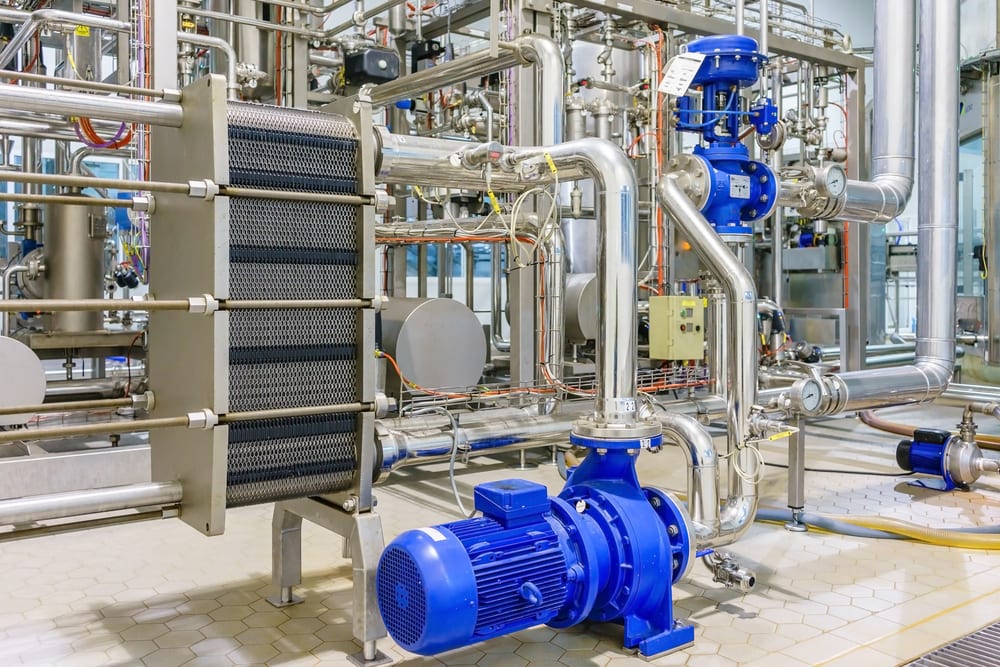
Heat exchangers are utilized in a variety of industries and come in several different designs. However, regardless of where they’re used or what they look like, every heat exchanger operates under the same basic principles and is affected by differential pressure.
What is a Heat Exchanger?
A heat exchanger transfers heat between two or more fluids and is used in both cooling and heating processes. They are widely used in space heating, refrigeration, and air conditioning, as well as petroleum refineries, natural-gas processing, and sewage treatment. The classic example of a heat exchanger is found in an internal combustion engine. A circulating fluid (engine coolant) flows through the radiator coils while air flows past the coils, a system that cools the coolant and heats the incoming air.
What is Differential Pressure in a Heat Exchanger?
Differential pressure is discoverable using various instruments of measurement and describes the diversity of pressure between two points. For example, two separate pressure ports are compared and the difference between them is noted. Differential pressure is calculated by subtracting one of these values from the other. So, if pipe A flows at 100 psi and pipe B flows at 30 psi, the differential pressure is 70 psi.
What is the Max Differential Pressure in a Heat Exchanger?
The max differential pressure in a heat exchanger depends on the design of the exchanger and the materials the exchanger is composed of. One of the most common designs is called “shell and tube”, in which one fluid flows through a set of metal tubes while the second fluid passes through a sealed shell surrounding them. The two fluids can flow in the same direction, in opposite directions, or at right angles. Boilers in steam locomotives are a well-known example. Another popular design is “plate/fin,” which incorporates lots of thin metal plates or fins with a large surface area, which allows for more heat to be exchanged more quickly. Gas furnaces and boilers work this way.
Regarding materials, heat exchangers can be made of various metals, as well as ceramics, composites, and even plastics. Each material has its advantages: for example, ceramics are a particularly good choice for the kind of high-temperature applications (over 2,000°F) that melt metals like copper, iron, and steel. Plastics generally weigh and cost less than metals, have good resistance to corrosion and fouling, and can be engineered for good thermal conductivity. Although not generally suitable for high-temperature applications, plastic exchangers are ideal for something like a swimming pool or shower that operates at every-day room-temperature. Composite heat exchangers combine the best features of their combined materials, i.e. the high thermal conductivity of metal with the reduced weight and better corrosion resistance of plastic.
Contact the Heat Exchanger Professionals at Mid-West Instrument
Heat exchangers are found in all kinds of places, usually working to heat or cool buildings or helping engines and machines to work more efficiently. For more information regarding heat exchangers, pressure sensors, and other high-tech instrumentation in Michigan, contact the professionals at Mid-West Instrument today.

